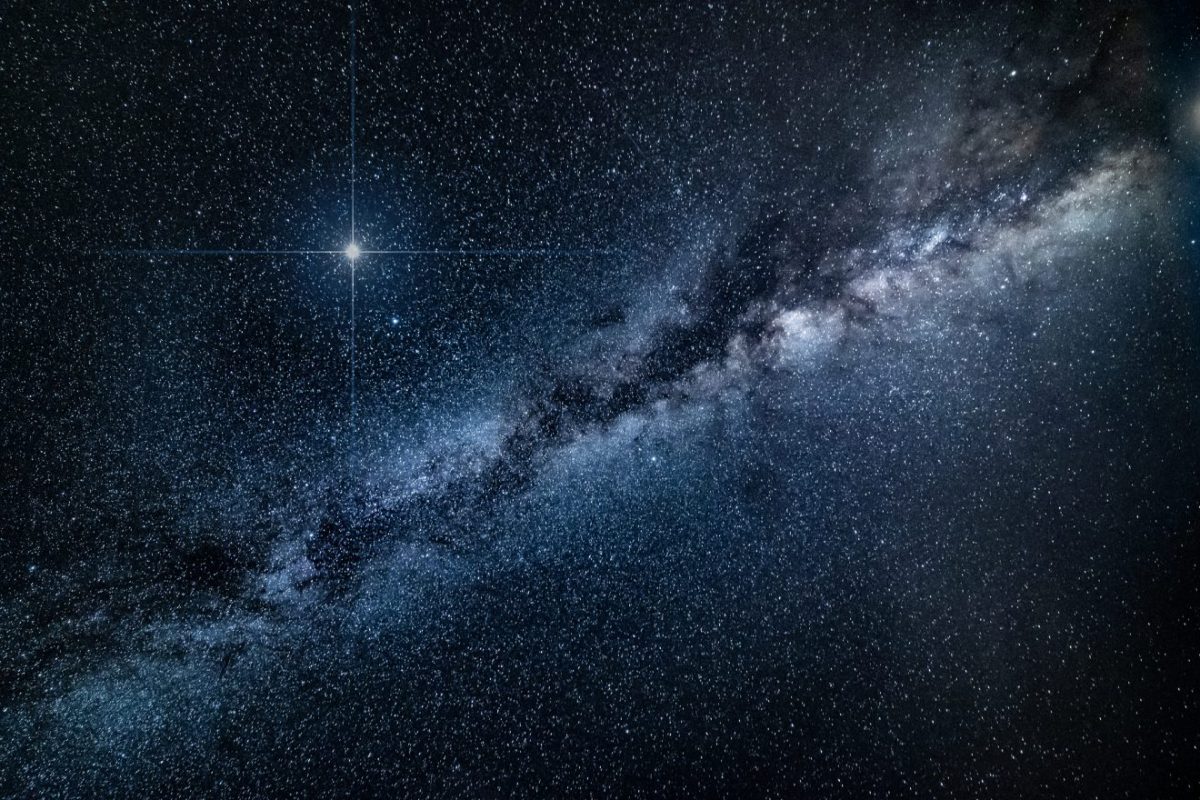Scanning the Final Frontier for Technosignatures
Throughout history, humanity has explored new frontiers from the rugged West to the vastness of space, motivated in part by the quest to better understand the land, sea, air and space around them. New Florida Tech research is expanding upon that principle but attempting the daunting challenge of finding something that is not currently visible.
Astrobiology assistant professor Manasvi Lingam and researchers from the University of Rochester, Harvard University, Penn State and Blue Marble Space received a NASA grant that will fund the study of technosignatures, detectable signs of past or present technology used on other planets. This is NASA’s first non-radio technosignature grant ever awarded.
In order to research technosignatures, the team identified things that cannot be produced naturally by biological processes. They came up with two routes in the proposals in order to help identify these factors. The first part centers on signals of pollution, such as ozone-harming chlorofluorocarbon (CFC). If there are signs of CFCs in the planet’s spectrum, that would give a clue that a technology entity may have been around that area, and thus a technosignature may be present.
The researchers have already found that CFC molecules in the atmosphere have strong residual features that would them detectable, aiding in the search for technosignatures.
And Lingam noted that as telescopes and other technology continue to become more powerful and sophisticated, the NASA-funded team and other researchers looking for technosignatures will be better equipped to spot molecules and elements in planetary atmospheres.
The other part in the team’s technosignature detection research is to examine ways intelligent life could use solar power for energy. Because of its abundance and utility as a semiconductor, silicon would be most likely available to be used in solar-powered technology, the researchers found. That means that the detection of large-scale silicon structures could be indicative of the presence of a technosignature, which would give a map for future researchers to examine if there is one.
“There are many non-renewable energy sources of energy, such as fossil fuels, but what we were interested in was solar power, because solar power is renewable, free and cheap,” Lingam said. “From a physical and astrophysical standpoint, we looked at what material was most suitable for tapping into solar power, and silicon was the best option.”
Another part of the project is to try to find silicon on planets’ surfaces. Large amounts of refined silicon may indicate a technosignature from an intelligent lifeform. This will be done by scanning the spectrum of exoplanets for the element and investigating the data for potential signatures.
For Lingam, being a part of research looking for intelligent life is an exciting and complementary opportunity that utilizes his extensive astrobiology background in exploring different avenues for finding some markers of life beyond planet Earth. With the advancements of robotic space exploration, as well as additional exoplanet research, the opportunities to acquire more information on the unknown frontier are out there.
“There’s a lot of optimism that we might be able to see something perhaps in the next decade or so,” Lingam said. “We can’t be certain because we don’t know how common life is, but the only way we will know if it’s out there or not is to carry out searches, which is what we’re doing.”
###





